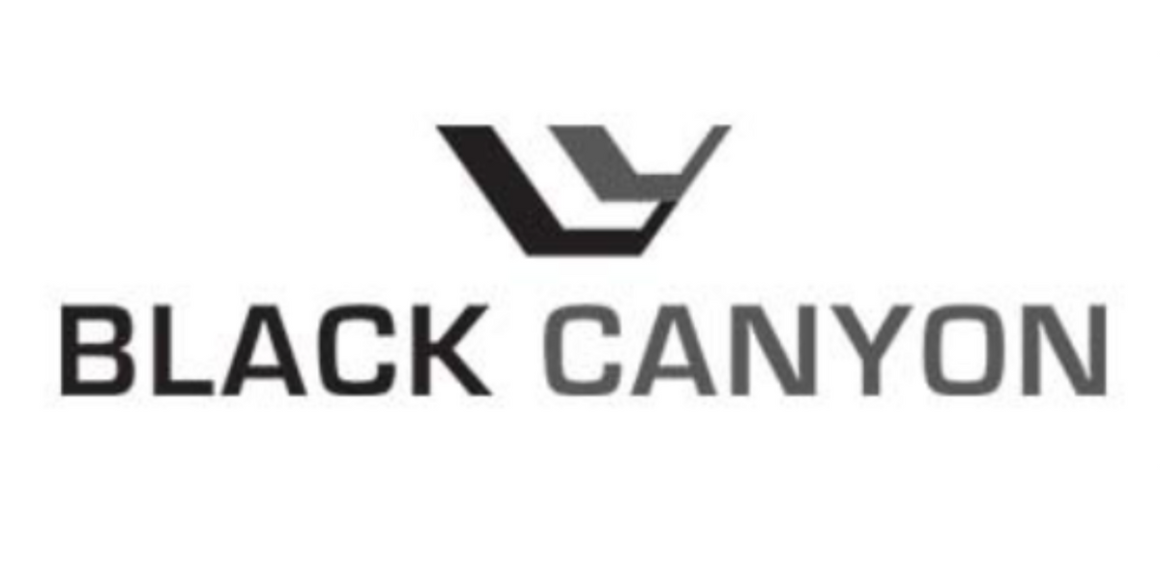HIGHLIGHTS
Surface mapping, sampling and RC drilling completed by previous explorers identified and returned high-grade manganese results from multiple prospects across the Fig Tree tenement which is located 35km south of the Woodie Woodie operations. The IP results have generated a number of targets that require infill geophysical surveys prior to drill testing.
Black Canyon’s Managing Director Brendan Cummins said:
“After the success of discovering large shale-hosted manganese deposits across the Balfour Manganese Field, the Company is now turning some of its attention to exploring for near-surface high grade mineralisation at its Wandanya and Fig Tree projects. Several prospects along the Fig Tree Manganese Trend have been mapped and drilled in the past, establishing the tenement’s potential to host higher-grade, hydrothermal-style mineralisation. Its geological similarities to Woodie-Woodie and previous RC drilling have confirmed the prospectivity of the tenement, which is located only 35km south of Woodie-Woodie. Manganese deposits are often associated with chargeability anomalies which can be detected using IP techniques, so we were keen to deploy IP to the area and now have several new targets that warrant follow-up.”
Black Canyon used the high-quality historic exploration datasets at Fig Tree to evaluate the known manganese prospects, and then used this information to generate new IP survey targets. The DDIP survey has confirmed chargeable responses co-incident with outcropping manganese mineralisation and extending down dip. The GAIP surveys have also yielded several large sub- surface chargeable anomalies. Further IP surveys are planned to better resolve the size and strength of these new chargeable anomalies and establish their significance prior to refining potential drill targets in addition to other prospects across the Fig Tree tenement.
HW1 Dipole-Dipole IP Survey Results
The DDIP survey was designed to test a 1,400m long zone of subcropping manganese mineralisation along strike from the historic HD1 prospect where rockchip samples and limited RC drilling encountered medium to high grade manganese. The DDIP lines were spaced between 200 and 600m apart along the target horizon providing a cross-strike coverage between 600m and 950m.
Several near-surface chargeable anomalies, coincident with outcropping manganese mineralisation (Figure 2) and subsurface chargeable anomalies were detected with the DDIP survey. The subsurface responses are interpreted to represent shallow down-dip extensions to the surface mineralisation. are estimated to range between 10 to 25m thick from surface to depths of 50m and persist across 4 sections extending over 1,000m of strike (Figure 3) (Appendix 1).
The underlying geology is dominated by ferruginous chert and Pinjian Chert inferred to overlie close to surface Carawine Dolomite. The area is also bisected by a number of northeast and northwest trending faults and fractures. The manganese lenses form isolated subcrops 50 to 100m long and manganese disperses 20 to 40m from the subcrops.
Infill DDIP lines are required to provide more detailed chargeability mapping to resolve the potential strength and continuity of the anomalies. The HW1 target has never been drill tested and subject to further evaluation a drill program can be planned.


Leave a Reply